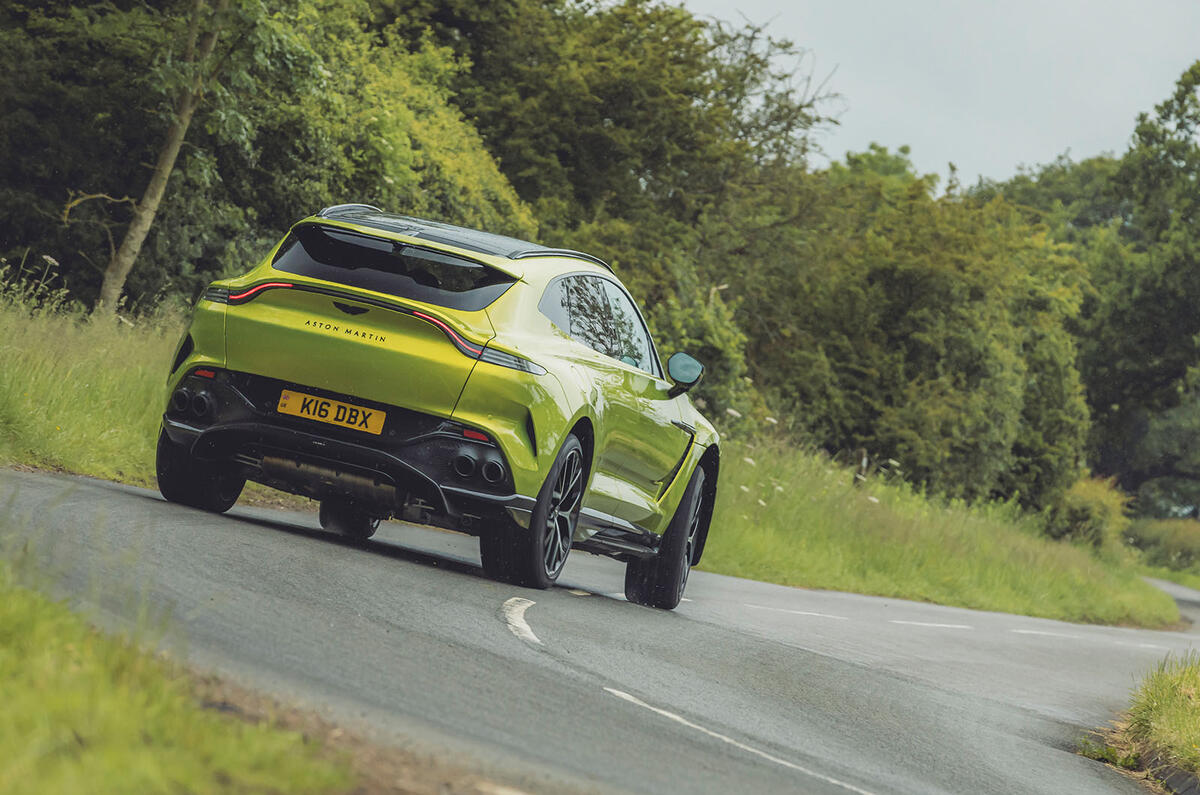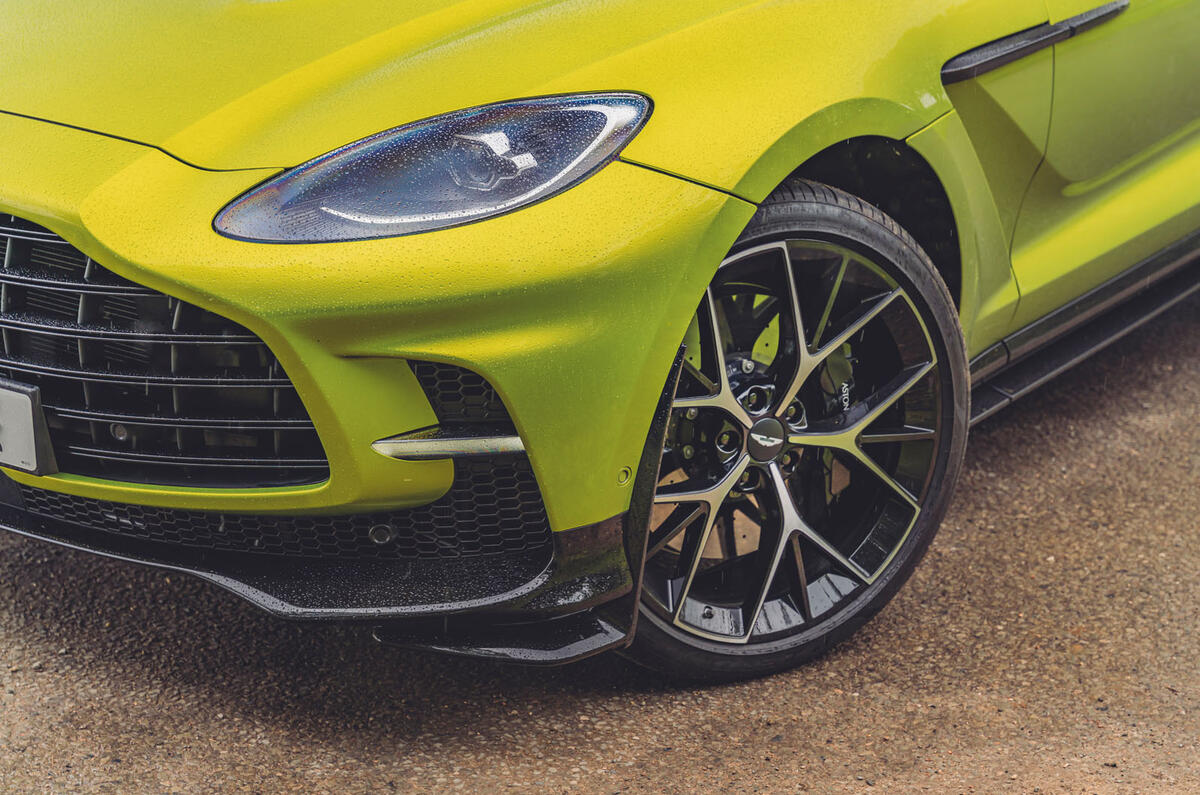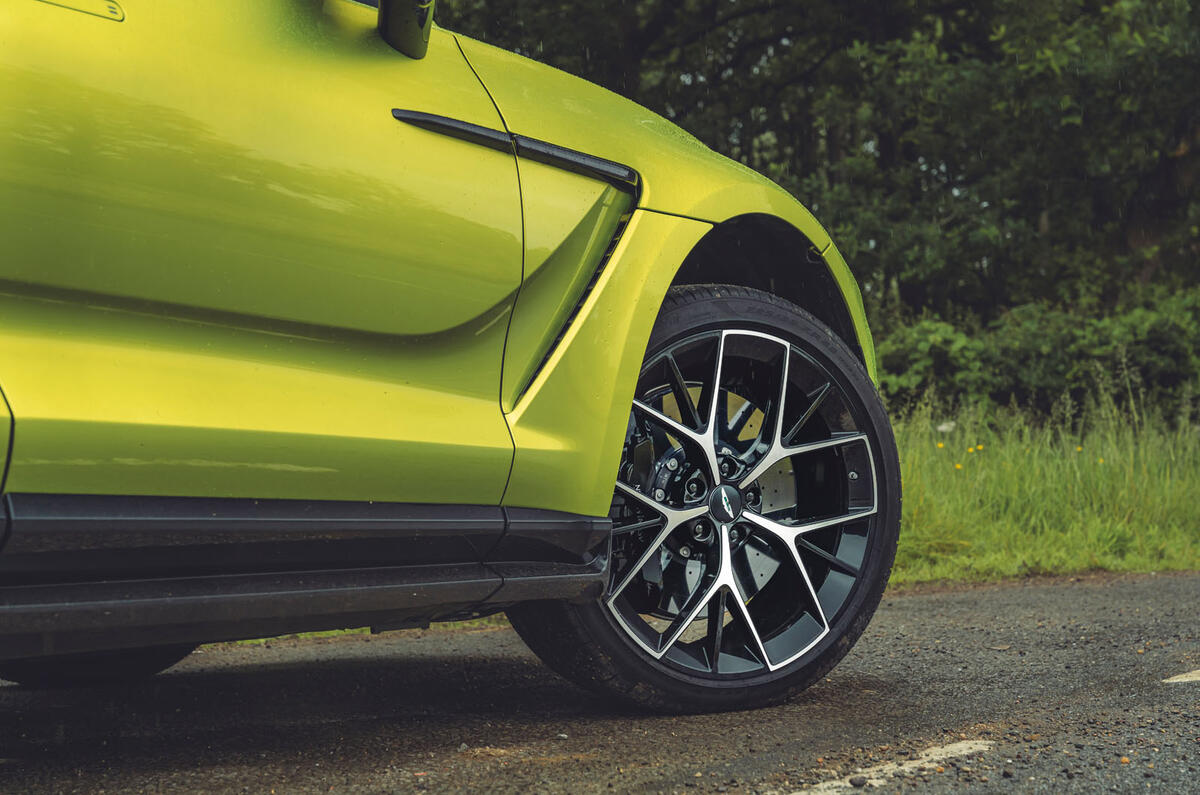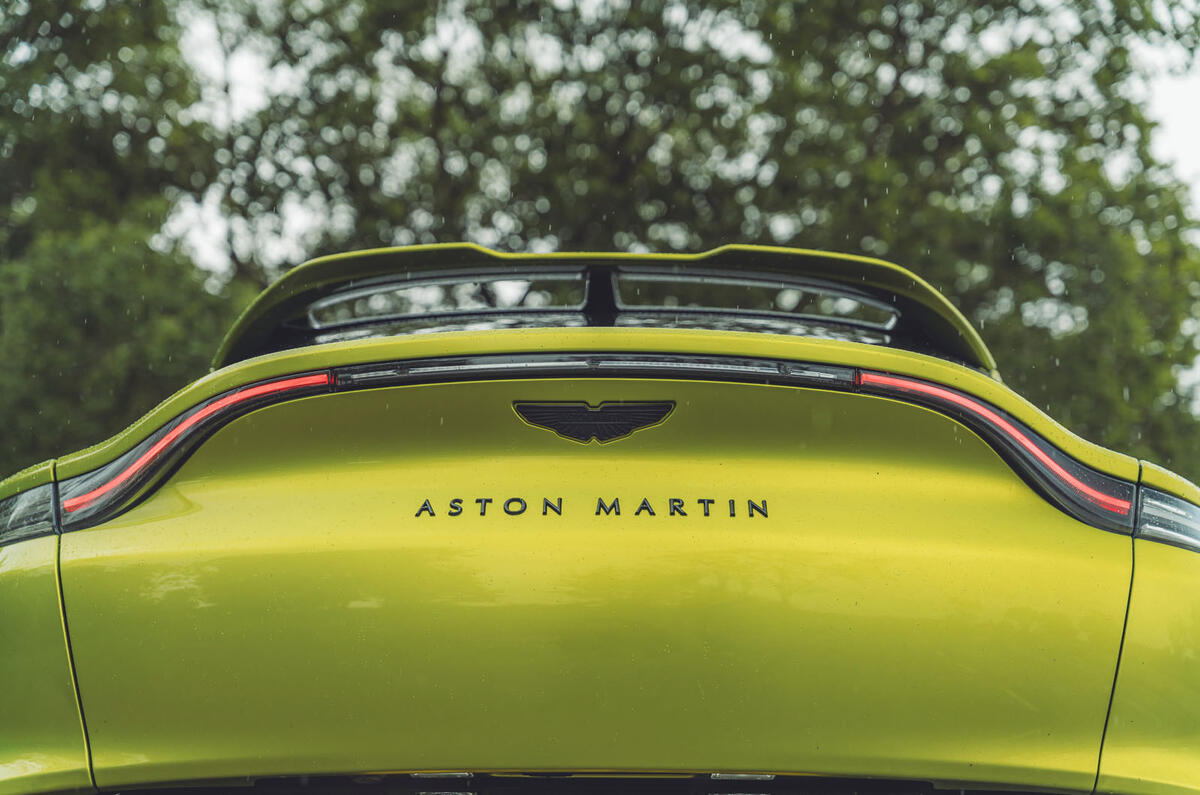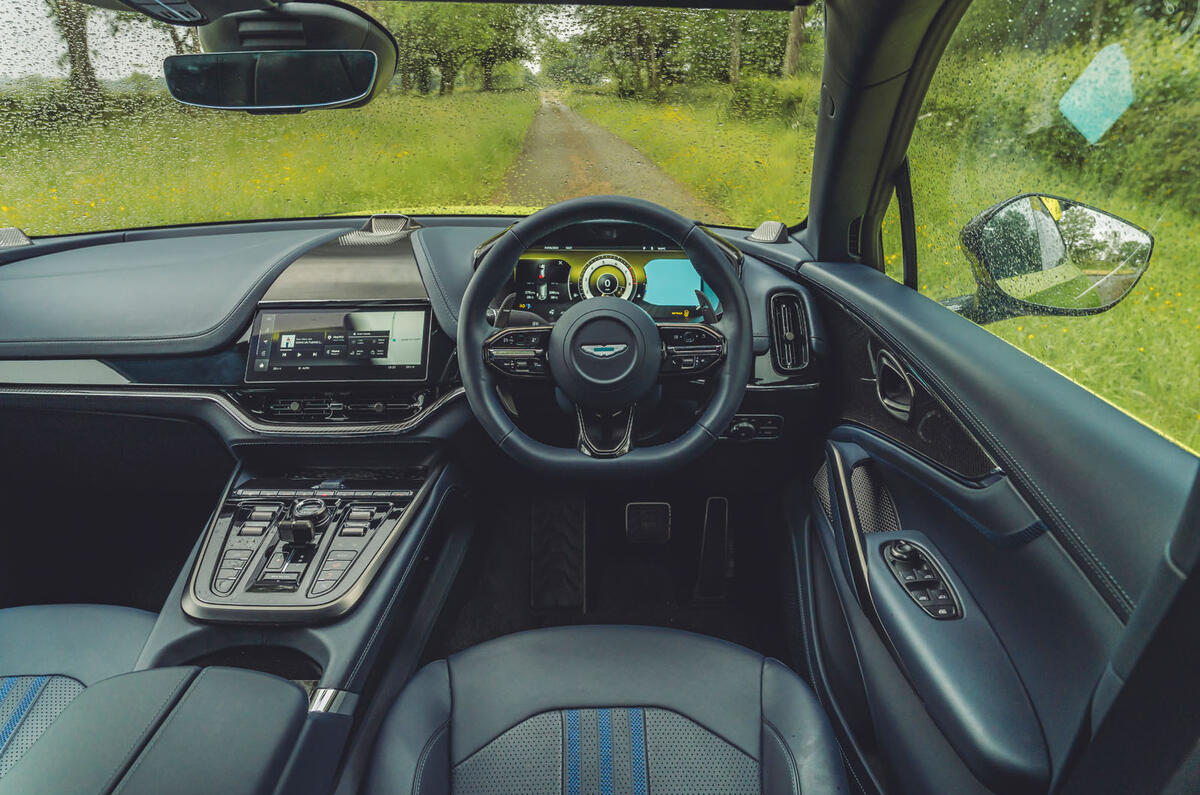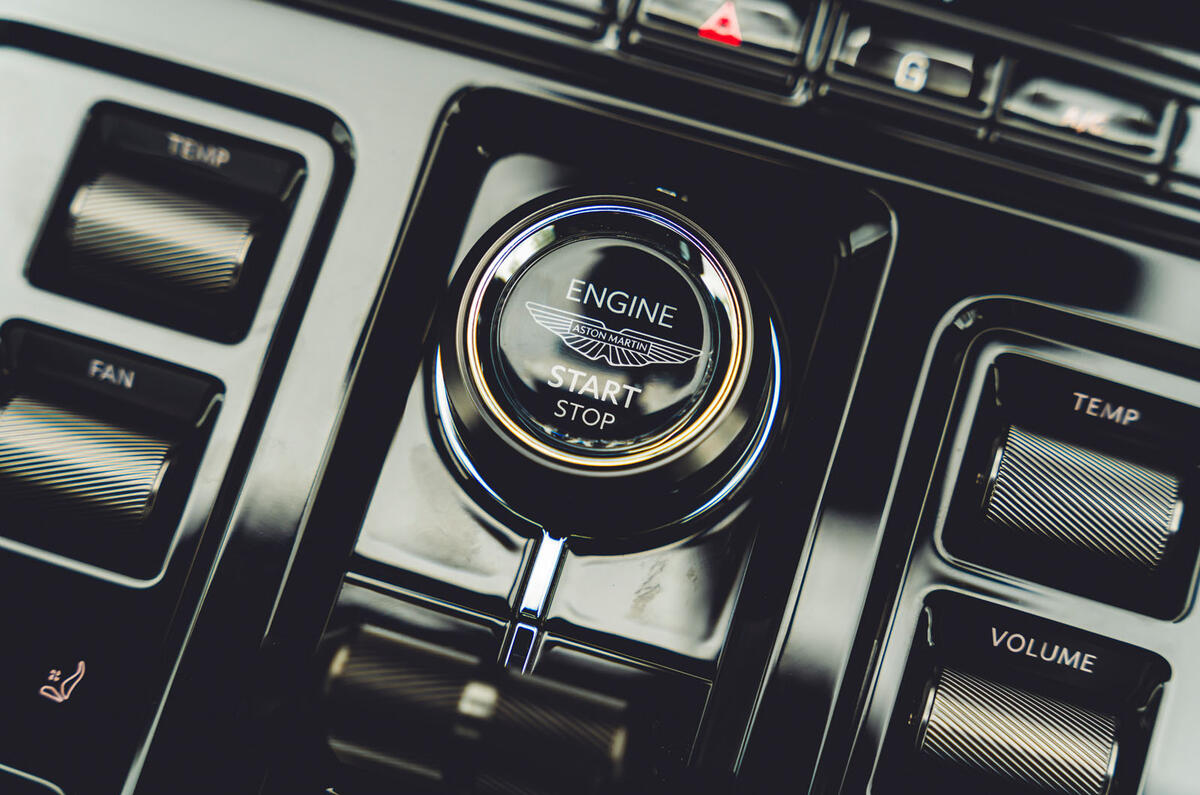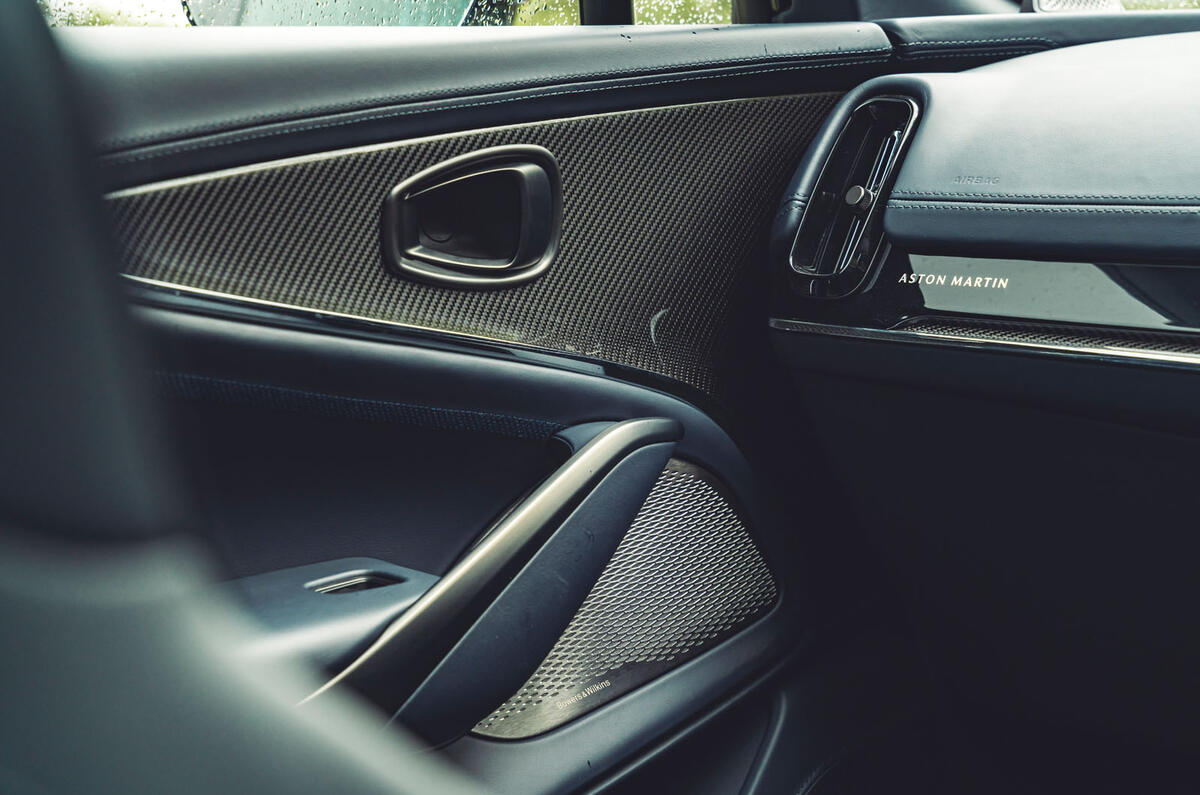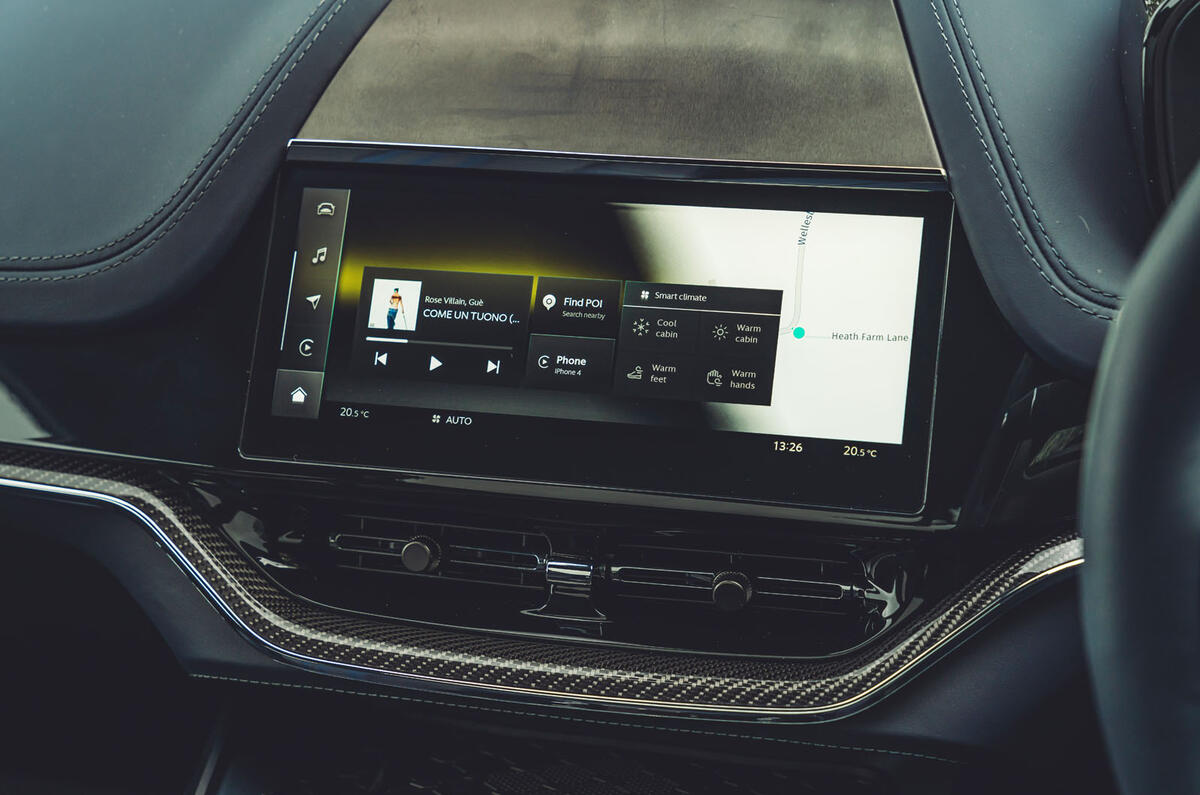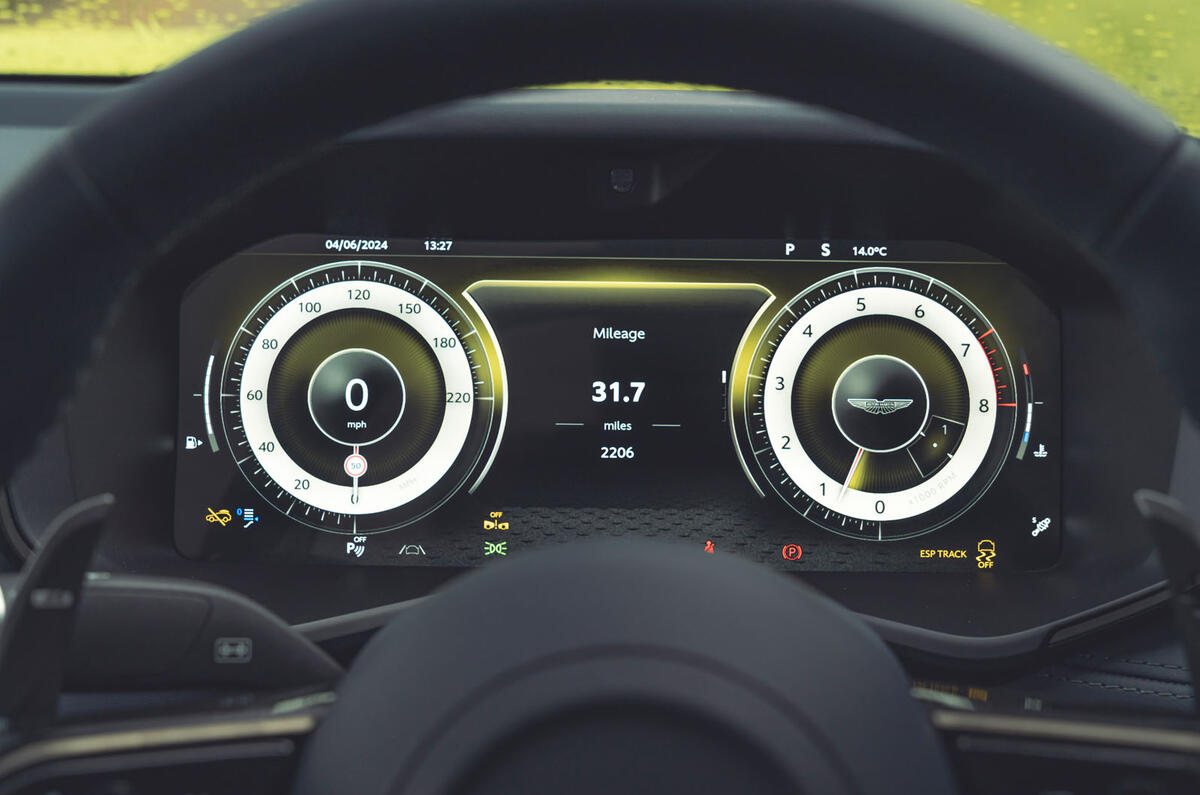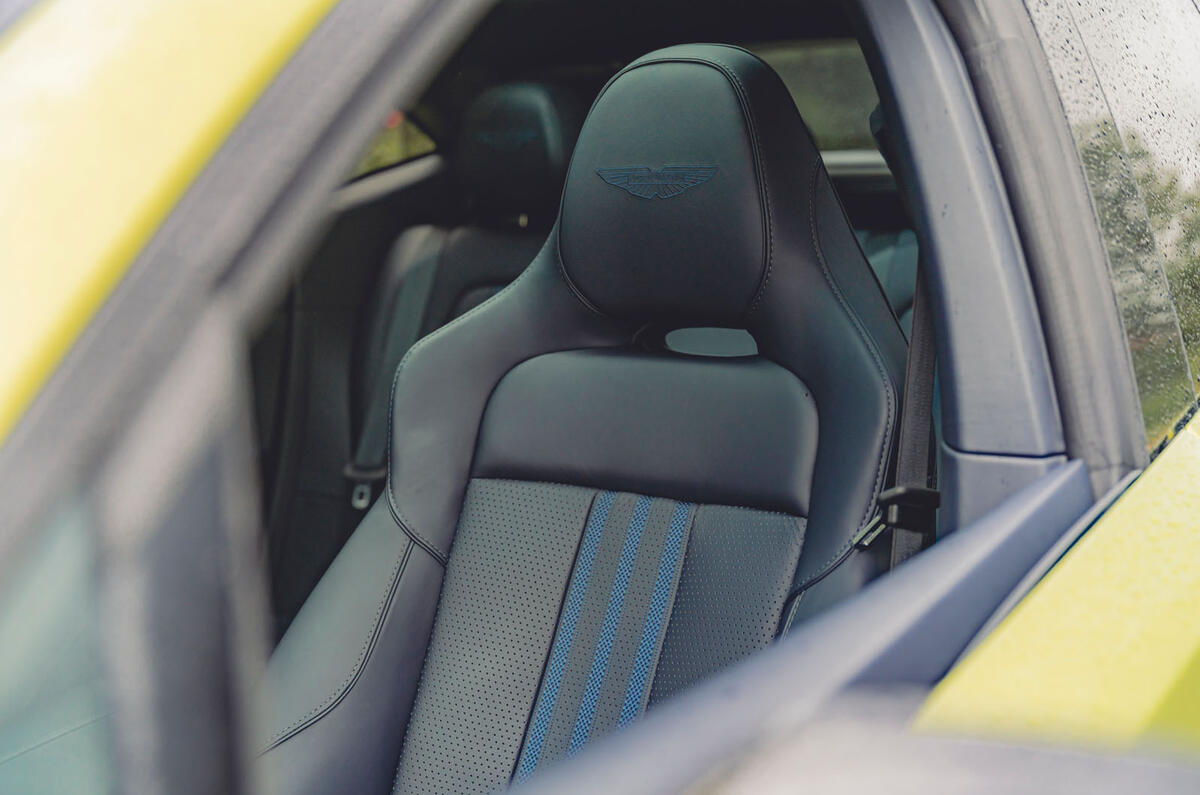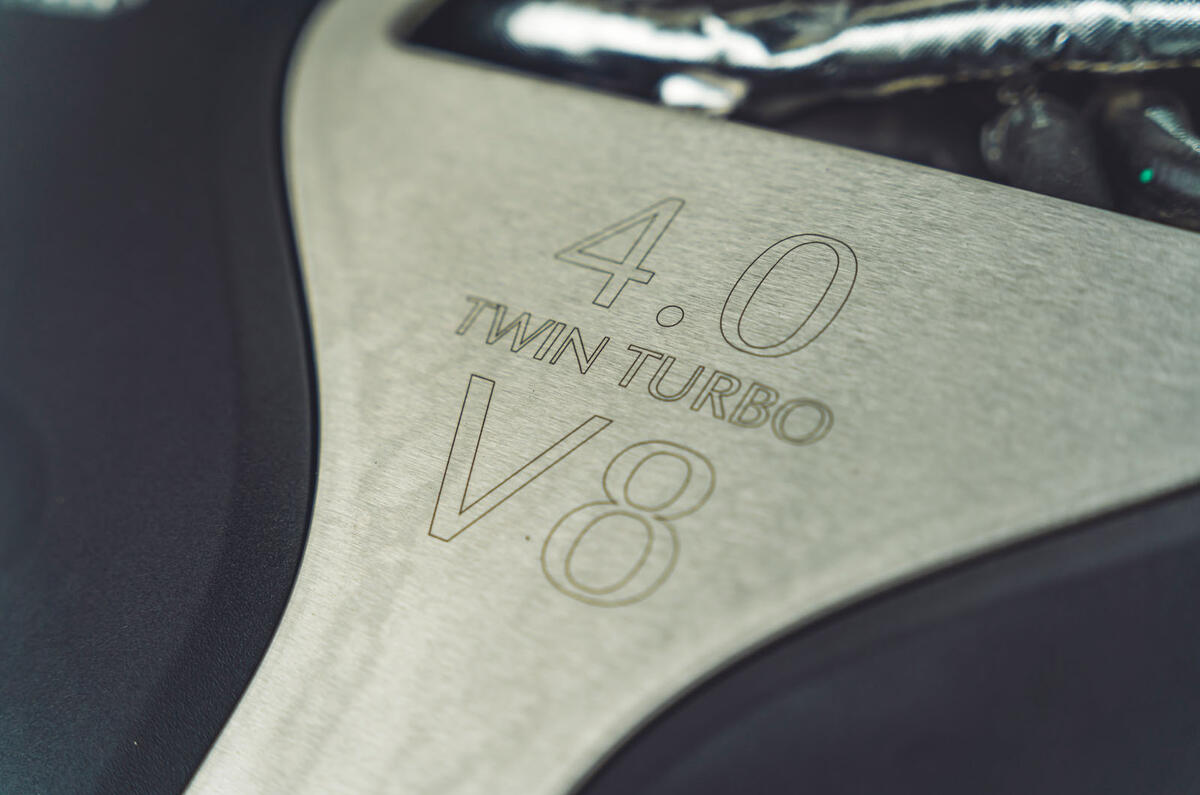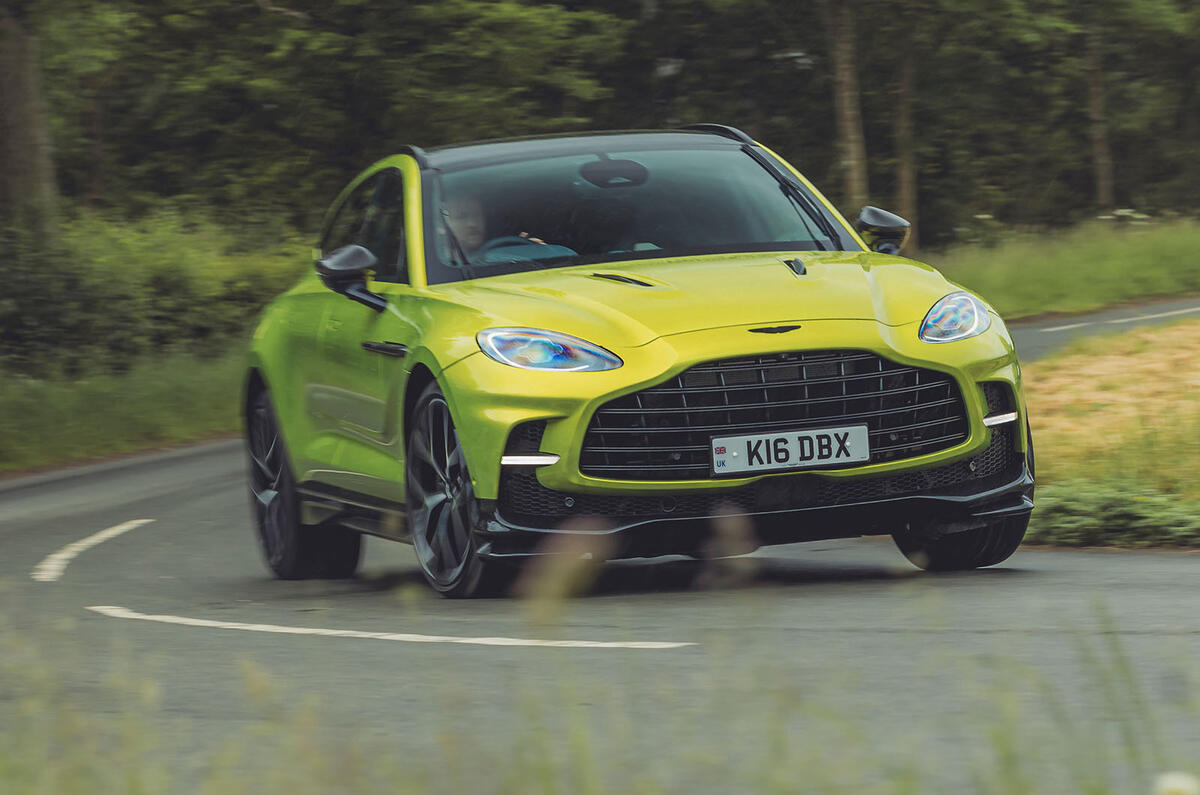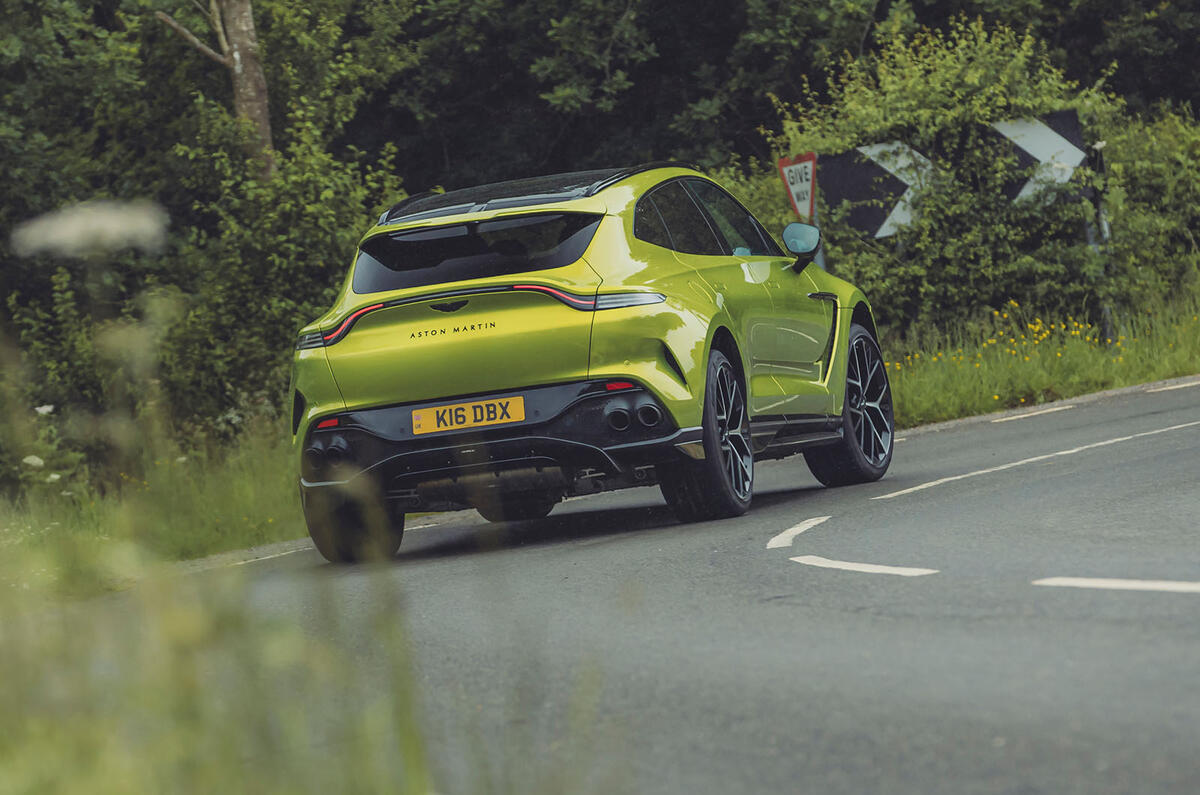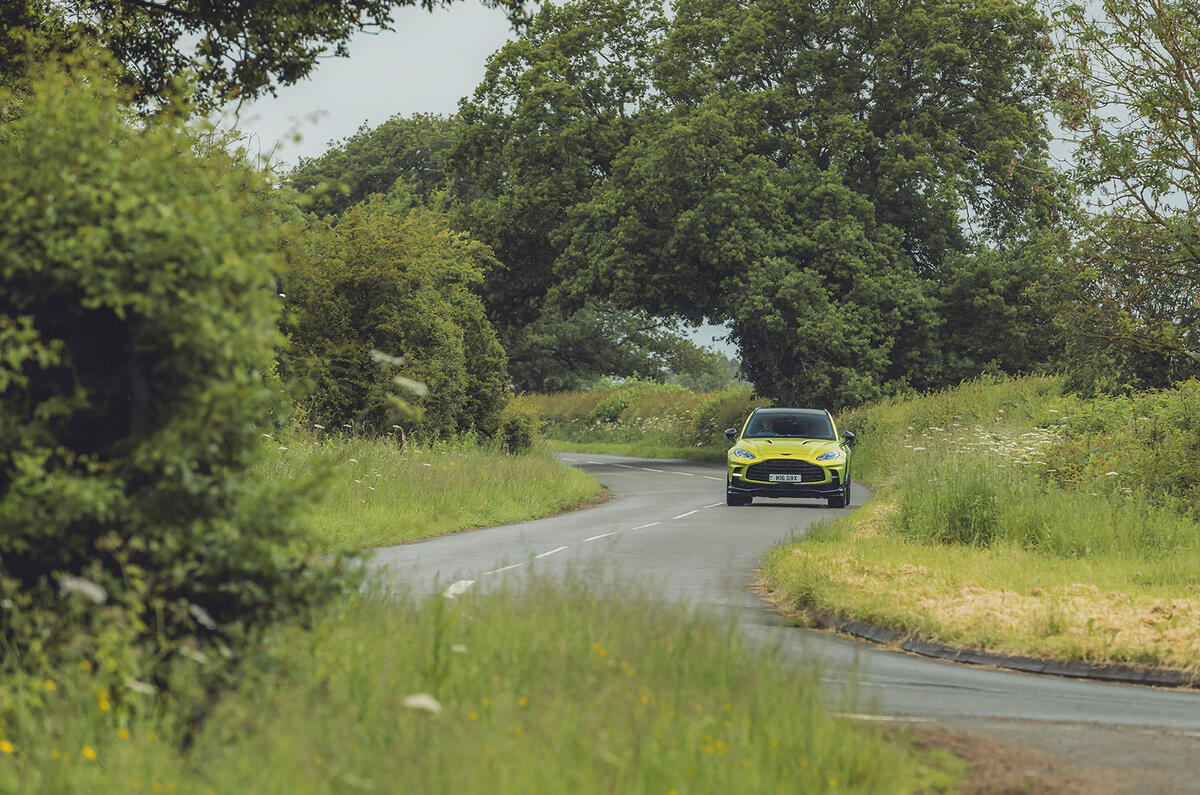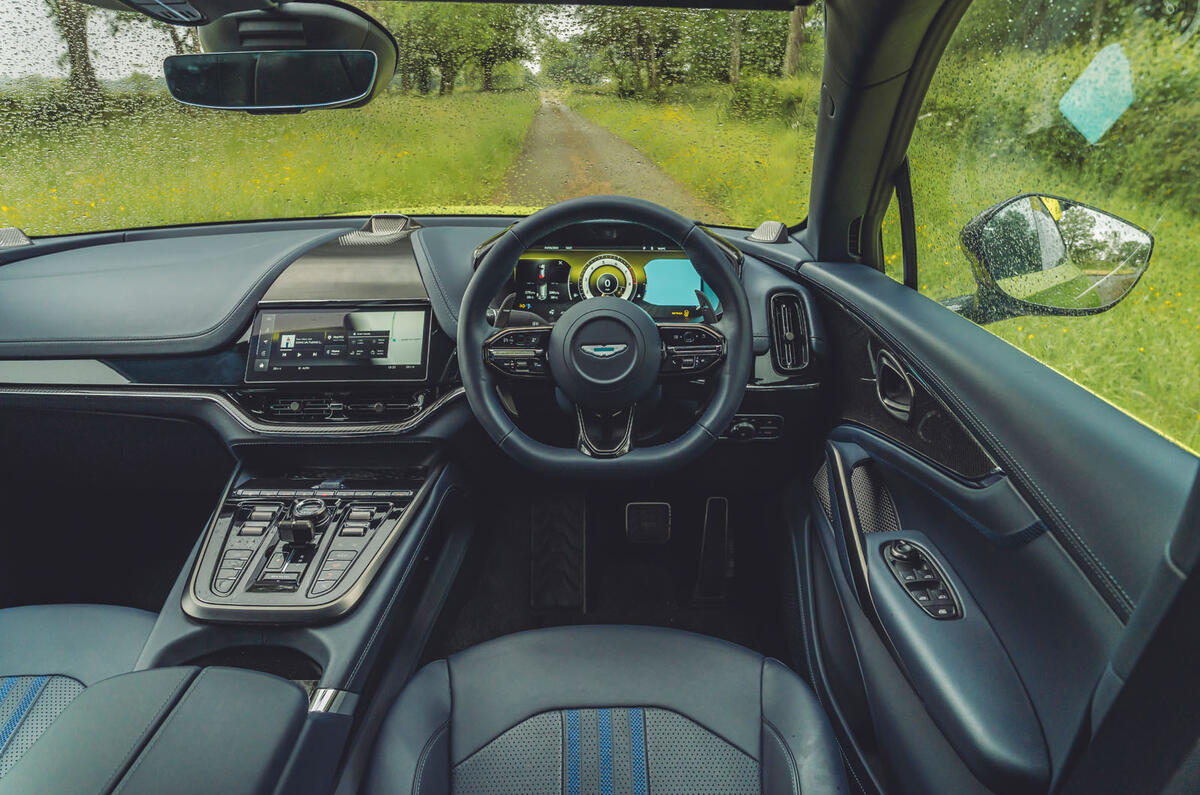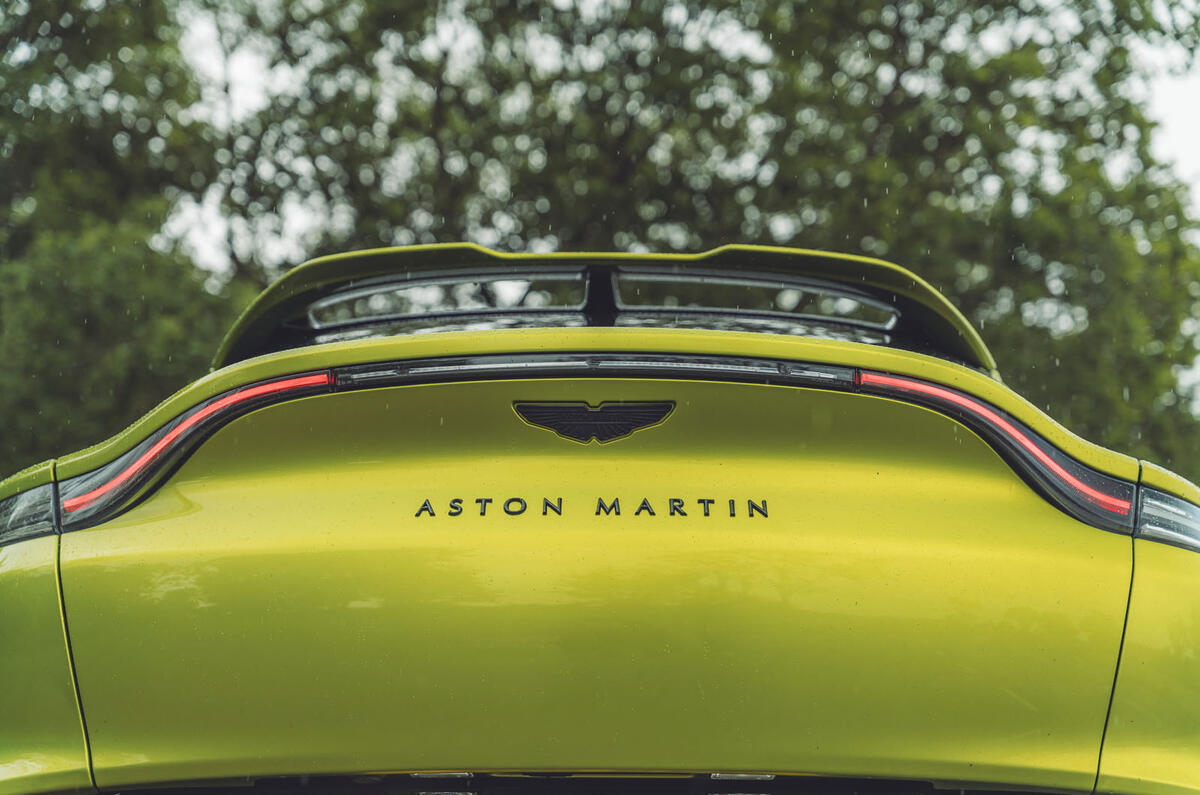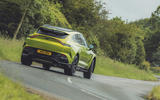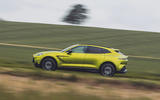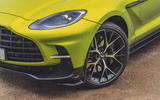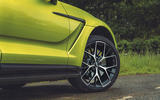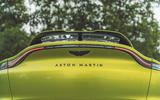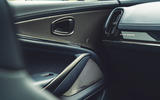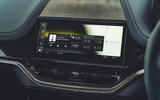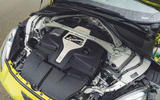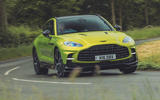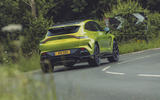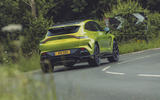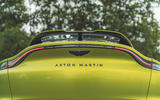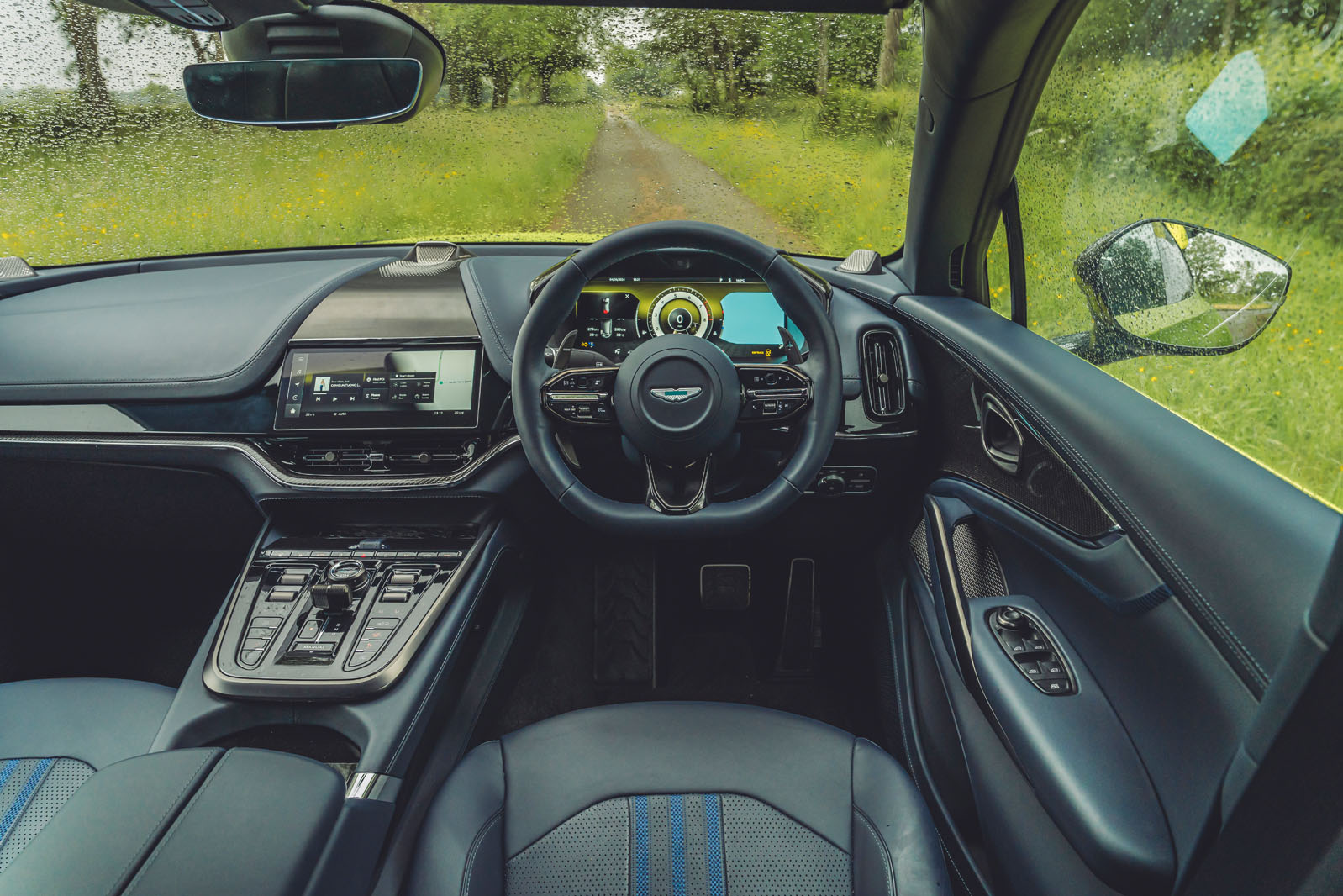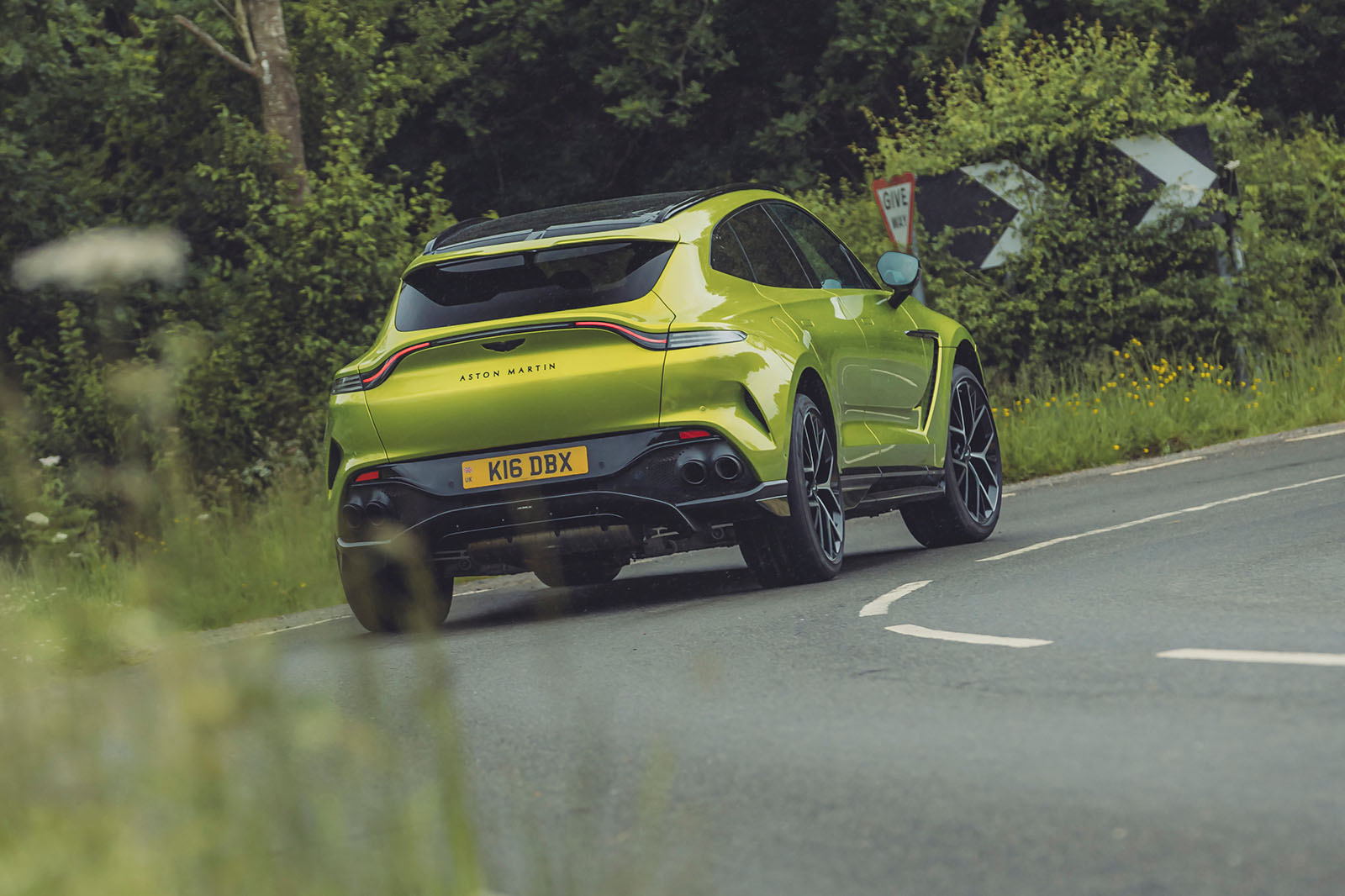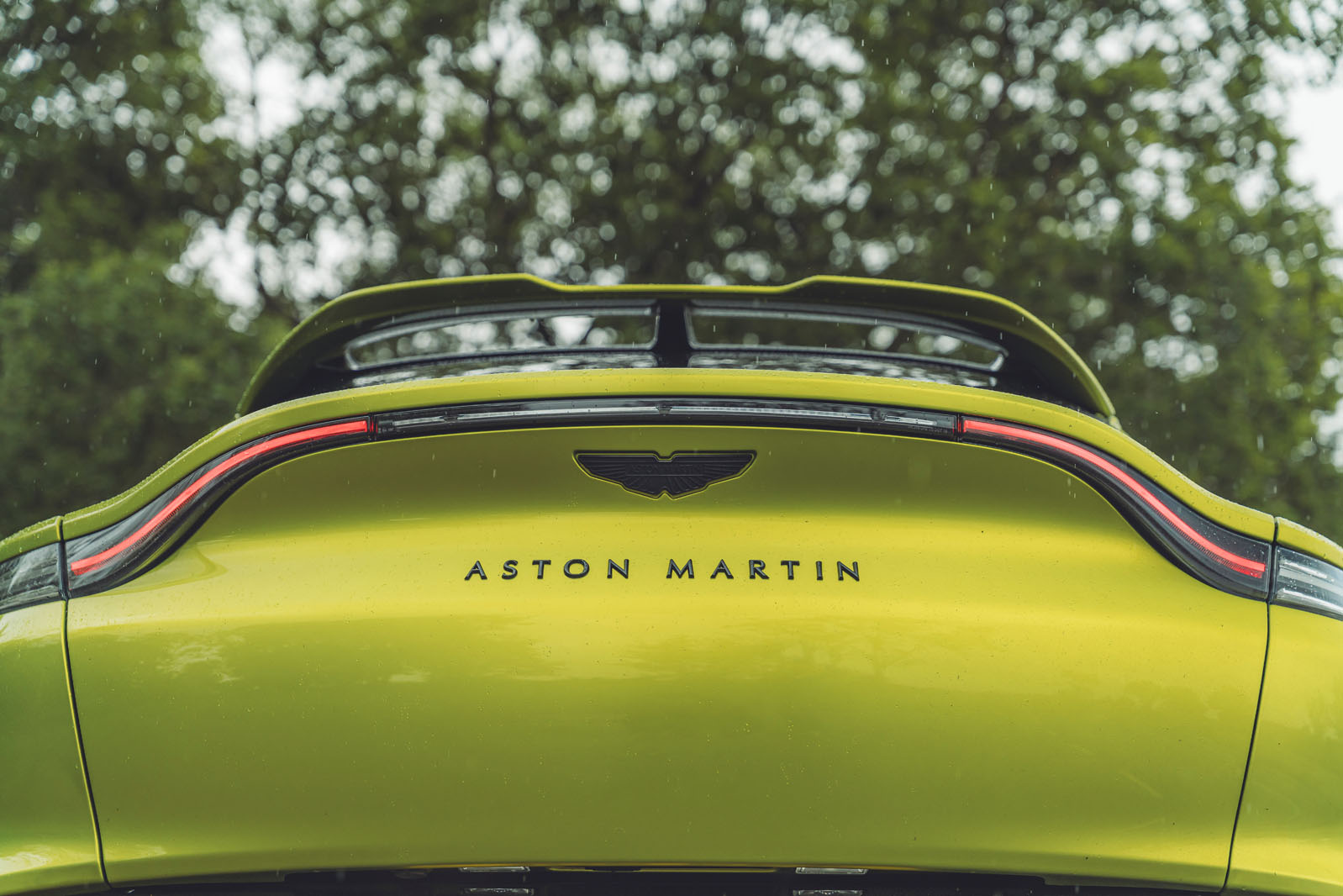The security guards at Aston Martin’s Gaydon headquarters have it all right.
They patrol the campus from the confines of an understated but quite fetching white Aston Martin DBX of 2020 vintage (silver wheels, too). Aside from the fact that their counterparts in Maranello are unlikely ever to find themselves luxuriating behind the wheel of a £313k Ferrari Purosangue, there’s nothing unusual about this.
It's worth mentioning only because, for a moment, I almost didn’t recognise this old DBX, so demure did it look parked next to the extroverted mass of the new-for-2024, facelifted DBX 707 that we're in Gaydon to drive.
It’s fair to say that since it was launched in 2019, the DBX has been on a journey. As a driver’s car, it has always represented an unusually sweet blend of comfort and handling in the super-SUV sphere, but its ultimate raison d’être has always been to sell, sell, sell – to support the firm’s bottom line by successfully competing in what is a profitable but brutally fierce class.
That’s why, just a few years into the DBX’s existence, we got the flashy 707 version. More power, less weight, more grip, louder colours, a louder exhaust and more visual aggression, including a diffuser that wouldn’t have looked amiss on one of Aston’s GT3 racers. All of this in order to better appeal to anybody cross-shopping the DBX with the Bentley Bentayga, Lamborghini Urus or Purosangue.
It proved so popular that Aston elected to drop the subtler original from its range. And now there’s another evolution.


